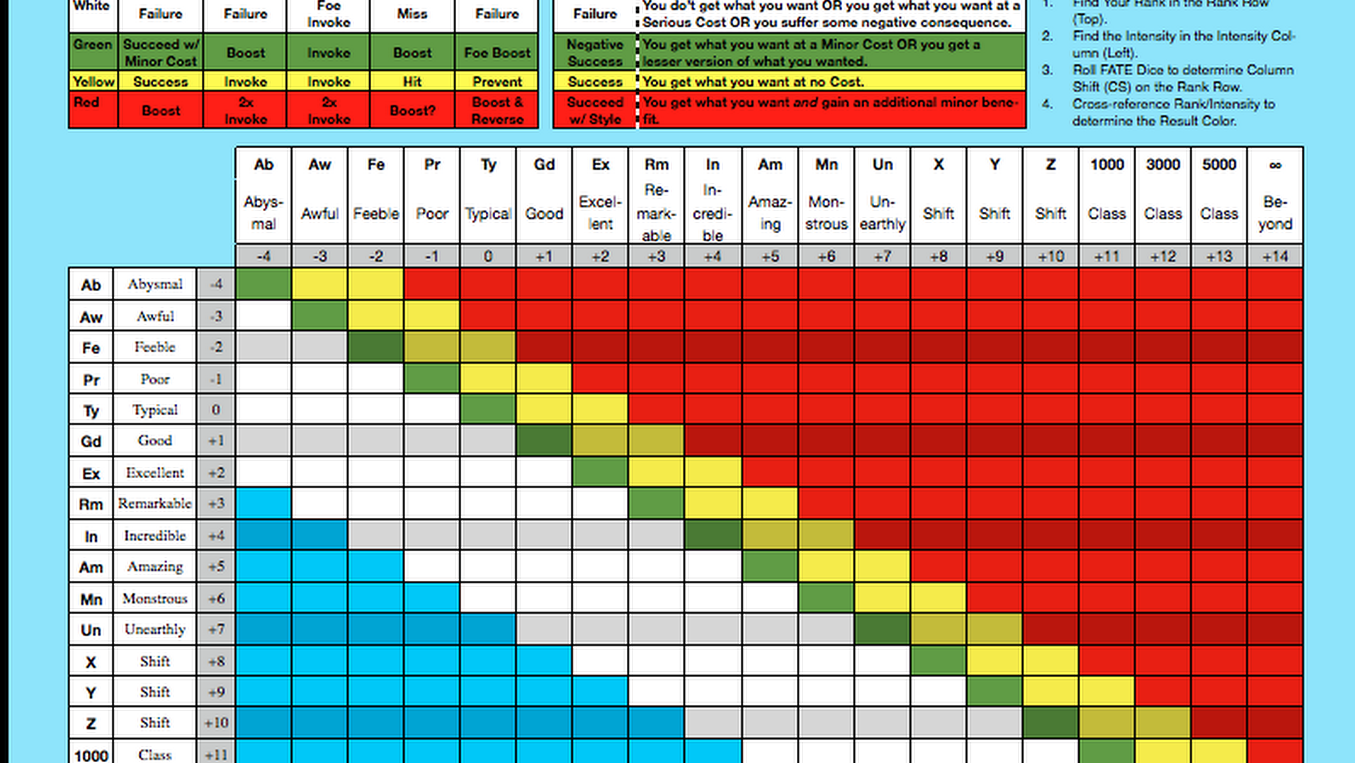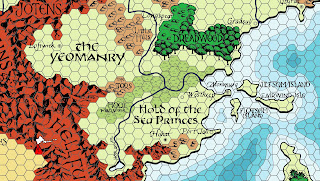He is an emperor like none who ever held power, a wise man to whom others are but a servant, a king of truth and a leader of power. He is not a warrior, but a wizard.
—’Muad’Dib: The God King of Arrakis’ by the Princess Irulan

Remarkable, Incredible and Amazing nerdiness
He is an emperor like none who ever held power, a wise man to whom others are but a servant, a king of truth and a leader of power. He is not a warrior, but a wizard.
—’Muad’Dib: The God King of Arrakis’ by the Princess Irulan
https://batintheattic.blogspot.com/2021/12/happy-needfest-digital-darlene-greyhawk.html


It was once our Emperor Shaddam I was born. Shaddam I was a great warrior. He was a mighty ruler, a mighty warrior. His enemies could not stand against a warrior like Shaddam. And he had no enemy of the first rank. But his enemies were his friends.
—from ‘Manual of Muad’Dib’ by the Princess Irulan

Heartless supervillains, attacking puppies – at xmas!
Have at them, heroes!
In similarfashion to the previous post, however this time the prompts used were rooms 4 to 6
FRESCO OF THE WIZARDLY WORK ROOM, THE ARCH OF MIST, THE FACE OF THE GREAT GREEN DEVIL
This gives us a different room 7.
Again, that is pretty good – and a nice title for an area.
GPT-3 appeared last year:
Given that was not made openly available like GPT-2, others made an open source version, hence we have GPT-J and GPT-Neo, the latter being relevant for here.
I have taken the 1.3B parameter model and thanks to HuggingFace and their model implementations, used this Colab notebook.: https://colab.research.google.com/drive/1H2mUZsYhel4g5ZUOmZHtYIaP4gSW5_ow?usp=sharing#scrollTo=eBIcgwE1kVQK The 2.7B parameter doesn’t seem to work here – runs out of memory. Not surprising as it is 10GB.
I thought a fun holiday project would be to use this to generate soom module type descriptions.
There are certain limitations of how long the text prompt for the model to predict from can be, so for a first try I took the three entryway possibilities for the Tomb of Horrors.
Here’s the output:
As you can see, that is pretty good for autogenerated based on a few paragraphs prompts from a generic model trained on close to a terabyte of stuff from the internet, and not tuned to the experience as in something like AI Dungeo – https://play.aidungeon.io/. It even recognised the room numbering of 1, 2, 3 and continued on. It is generating text, so not going to finish sensibly all the time. Not much work for a DM to join those together and edit a sentence or two though.
Old-school RPG Character Generators have been compiled at :-
Yesterday I knew I had a random dungeon generated in text that wasn’t the DMG, so went to have a look in pos-migraine can’t be bothered doing anything recovery. Found the below.
The above dungeon google spreadsheet has a nice way of drawing a map by using conditional formatting which a handily done graph paper type grid already.
Add the random character generator for Labyrinth Lord from
Which also lets you save characters as pdfs and there is a work and prep free start to an adventure. I created 6 characters at random, ending with three clerics, an elf, a thief and a fighter. All was going ok until they came to a chamber that had 25 mites (monsters from the Undercity 1-1 HD evil little humanoids that trap everything. The trap in this case being a poison gas cloud, save or 10p damage. Which of course will kill all first level characters. 3 survived to get the hell out.
Which led to some fortuitous hiring of 6 men at arms, 3 nomads and a thief as long as randomly gaining three more party members to replace the dead cleric, elf and fighter and a punitive organised expedition to retrieve some dead comrades. Spending some of the games from the 5K in gems in the room with the luckily non-vampiric giant bats.
Raise dead in the Undercity tables is 15000 gold, a bit out of the price range for 1st level characters but at least they get a funeral, revenge and gear going to a good home.

